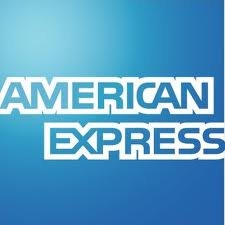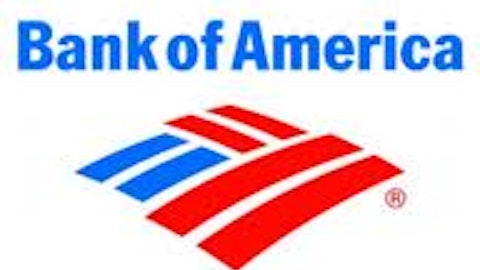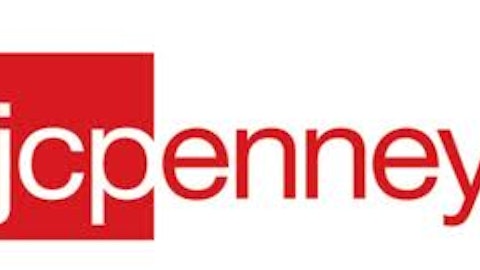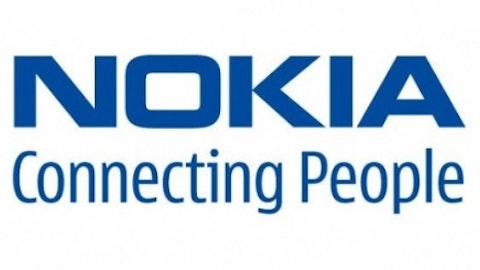In addition to the thousands of traditional banks scattered across the fifty states, there are other types of financial institutions with limited or no banking functions, but with sources of income and expenses not typically found at commercial banks. I am going to look at some of those companies today, focusing on well known, high capitalization stocks.
Steady as she goes
American Express Company (NYSE:AXP) traces its roots to New York City and the year 1850 and has developed into a premier travel services and payment network company. In fact, as more and more travel, especially leisure travel, becomes Internet based, that payment system and the ubiquitous American Express charge card in all its forms and permutations will be increasingly important to the company’s future.
American Express Company (NYSE:AXP) had a mixed first quarter, as revenues of $7.88 billion, while four percent higher than a year ago, failed to meet expectations of $8.03 billion. Profits of $1.28 billion, or $1.15 per share beat last year’s first quarter of $1.07 per share and analysts’ expectations of $1.12 per share. It has been a common theme thus far in 2013: disappointing revenues but quality earnings. This of course cannot go on forever.
Statistically, as a federally chartered bank American Express Company (NYSE:AXP) has no peers. Its return on assets is in the 3.35% range, double that of even the best commercial banks. Its return on shareholders’ equity is in the mid 20% range. Management recently increased its dividend by 15% to a yield of 1.3%, and share buybacks seem a continuing part of the company’s climate. So, is there any downside at all? Well only that the stock has risen 30% since the first of the year. I see earnings advancing annually in the low double digit range for the next several years, and in addition to American Express’ strong balance sheet, the company still carries the endorsement of its largest shareholder, Warren Buffett. If there is such a thing as a buy and hold stock among financials, American Express Company (NYSE:AXP) is it; I just wish it could be purchased at a cheaper, say, mid-$60 price point.
A more stable earnings base
The top of the investment banking food chain is where one finds Goldman Sachs Group, Inc. (NYSE:GS). This behemoth no longer has the same sort of high risk, high reward profile it was known for before and even during the recent recession. At the end of the first quarter it carried $263 billion in cash on its balance sheet, and even restructured with Warren Buffett the terms of the deals between the two entities to allow Buffett and Berkshire Hathaway Inc. (NYSE:BRK.B) to fully benefit from stock price appreciation while not accumulating an unnecessarily large stake in Goldman Sachs.
On the earnings side, the slowness of economies outside of Asia does make Goldman Sachs Group, Inc. (NYSE:GS) core investment banking unit difficult. Revenues for the first quarter were $10.1 billion, which while one percent ahead of the first quarter of 2012, was less than half the average quarter of a year like 2007. Profits came to $2.26 billion, or $4.29 per share, up from $3.92 per share a year ago and 11% above analysts’ expectations. If the European economy would actually recover, Goldman Sachs Group, Inc. (NYSE:GS) might again be able to earn the sorts of numbers it used to. But things are what they are, and most see earnings of about $14.50 for this year, about three percent above 2012. This tortoise-like profit growth is likely to continue for several years, barring a changing European landscape. Goldman Sachs Group, Inc. (NYSE:GS) seems fairly valued today, and this is little reason I see for recommending it.
A fast-growing offshore fund manager
Sliding down the size and prestige scale, we come upon more compelling investment options. Invesco Ltd. (NYSE:IVZ) is a Bermuda-based investment manager and mutual fund operator. It has an 80 year history, but its most recent incarnation dates just to 2007, and of late each quarter has been setting a record. Invesco’s European business, at least in England, is growing rapidly, as are the company’s Asian and Canadian units. In its first quarter the company earned an adjusted $314 million, or $0.52 per share, a jump of 16% over 2012’s first quarter, and 11% above analysts’ expectations. The profit surge arrived not just from cost control, but from revenue growth of 5% on strong investment inflows. That helped support operating margin growth of 290 basis points over the year earlier quarter. Its net profit margin is hovering around 20%, versus the mid-teens where it had been for the past few years.
Adding to the appeal of this company is that it recently raised its dividend by 30% to a yield of 2.7%, and the company is actively buying back stock. Analysts see profit growth averaging in the mid to upper teens the next several years, driving the five year PEG down to an even 1.0. I do not have the space to discuss this equity more fully, but from what I can see, it should have wide appeal as both a short and a long-term investment.
Conclusion
Diversified financial companies offer relative safety, but often at the cost of unappealing profit growth. American Express Company (NYSE:AXP) has an excellent risk reward profile, as does Invesco Ltd. (NYSE:IVZ). But Goldman Sachs Group, Inc. (NYSE:GS) is entrenched in a period of limited growth opportunities.
Bill Edson has no position in any stocks mentioned. The Motley Fool recommends American Express and Goldman Sachs. Bill is a member of The Motley Fool Blog Network — entries represent the personal opinion of the blogger and are not formally edited.
The article Risk Versus Reward: 3 Diversified Financials originally appeared on Fool.com and is written by Bill Edson.
Copyright © 1995 – 2013 The Motley Fool, LLC. All rights reserved. The Motley Fool has a disclosure policy.




